5 Agile Methodologies for Project Managers that are not Scrum Framework
Project Pulse Journal
APRIL 15, 2024
Limit Work in Progress (WIP) – By limiting WIP, Kanban encourages teams to complete current tasks before taking on new ones, thus reducing multitasking and focusing on quality and efficiency. Feedback Loops – Incorporate regular meetings to review and adapt your workflow based on feedback.




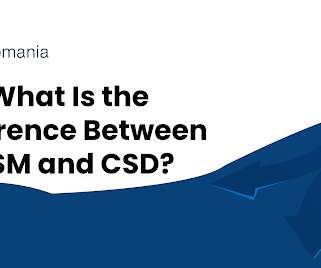
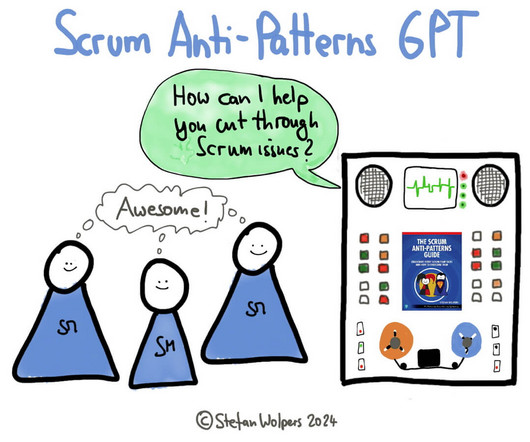

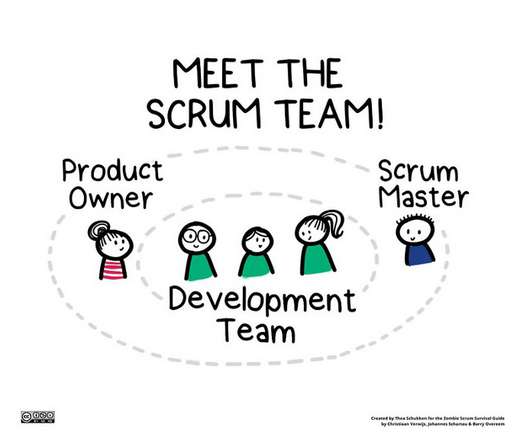

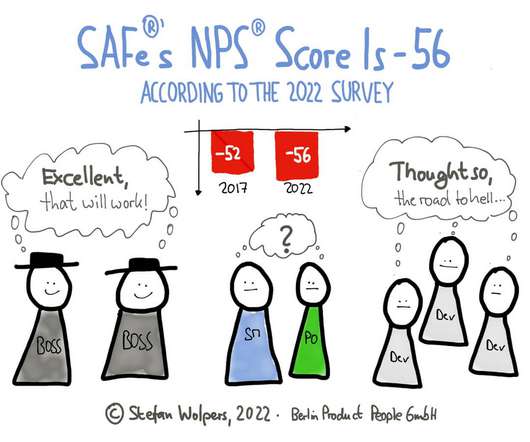
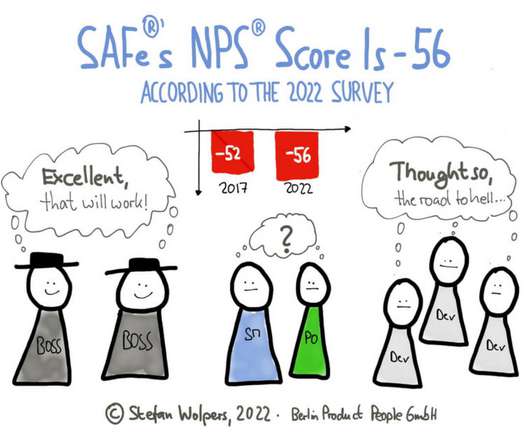











Let's personalize your content